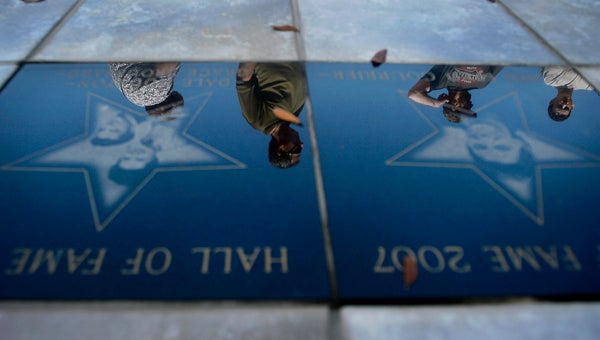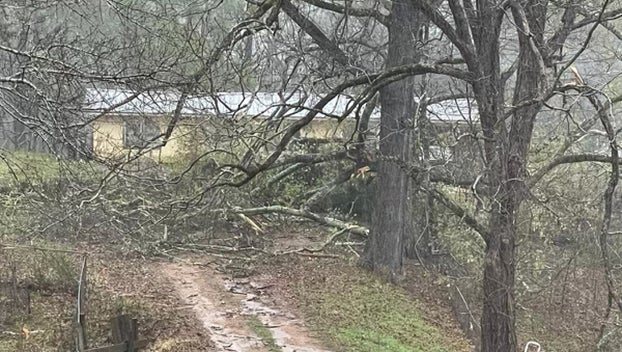Tests confirm oil found on beach after Isaac came from BP spill
Published 12:35 pm Thursday, September 6, 2012
NEW ORLEANS (AP) — Laboratory tests show that globs of oil found on two Louisiana beaches after Hurricane Isaac came from the 2010 BP spill.
Tests run by Louisiana State University for state wildlife officials confirmed that oil found on Elmer’s Island and Grand Isle matched the biological fingerprint of the hundreds of millions of gallons of oil that spewed from BP’s Macondo well.
On Wednesday, BP PLC said oil from its spill had been exposed by Isaac’s waves and that the company would work to clean it up.
Ed Overton, the LSU chemist who did the state tests, said the oil found on Elmer’s Island had not degraded much while oil at Grand Isle had.
“Both were good solid matches on Macondo oil,” Overton said.
Two other samples collected from another barrier island did not match the signature of oil from the BP well.
Experts expected that hurricane waves would stir up oil buried along the Gulf Coast and that Isaac, which made landfall on Aug. 28 and soaked the region in the days afterward, apparently did just that. Reports of tar balls washing up on beaches after the storm were reported in Alabama and Louisiana, two states that got hit hard by BP’s massive offshore oil spill.
On Tuesday, scouts found what they described as a large tar mat on the beaches of Elmer’s Island, prompting state officials to close a 13-mile stretch of beach and restrict fishing along that shoreline.
Still, Overton said the discovery of the buried oil does not mean that the Gulf is seeing a repeat of the summer of 2010, when oil was spewing from an out-of-control well about 55 miles off the Louisiana coast.
“This is not oil everywhere,” Overton said. He said the difference between the amounts of oil being exposed now by Isaac and what the Gulf saw in 2010 is “night and day.”
Still, he said more oil was likely buried in other places along the coast, perhaps as deep as 3 feet. He said the difficulty for cleanup crews has been finding and removing buried oil.
About 100 pounds of tar balls collected on the Alabama coast after Isaac are being tested at Auburn University, which has a contract with local government to assess the material. Researcher Joel Hayworth said a full chemical analysis isn’t yet complete, but the new tar deposits appeared “remarkably similar” in composition and consistency to tar found on state beaches during and immediately after the BP spill.
The tar balls are “clean,” he said, virtually identical in size and shape to ones found in 2010 and fragile enough that they fall apart when handled. That indicates material on the bottom of the coast isn’t moving much and is very near the surf line, Hayworth said.
“They are resident tar balls that got redistributed by Isaac,” Hayworth said.
Relatively pristine tar balls have washed ashore with each tropical system that has hit the Alabama coast since the spill, Hayworth said, indicating the material isn’t going anywhere.
“We’re in year three and this seems to be the new normal for the Gulf Coast,” said Hayworth. “For some unforeseeable time, this is going to be the new normal for the beach.”
A request for comment from BP wasn’t immediately answered Thursday.
But BP said Wednesday some of the newly discovered oil was from the spill, while it said some of the crude may be from other sources, too.
“If there’s something good about this storm, it made it visible where we can clean it up,” BP spokesman Ray Melick said.
The spill began after the explosion of the BP-leased drilling rig Deepwater Horizon on the night of April 20, 2010. The blast killed 11 workers and started the nation’s worst offshore oil spill. Beaches, marshes and seafood grounds from Louisiana east to Florida were fouled for months.
BP has been running TV ads touting Gulf Coast tourism and urging people to “come on down.”






